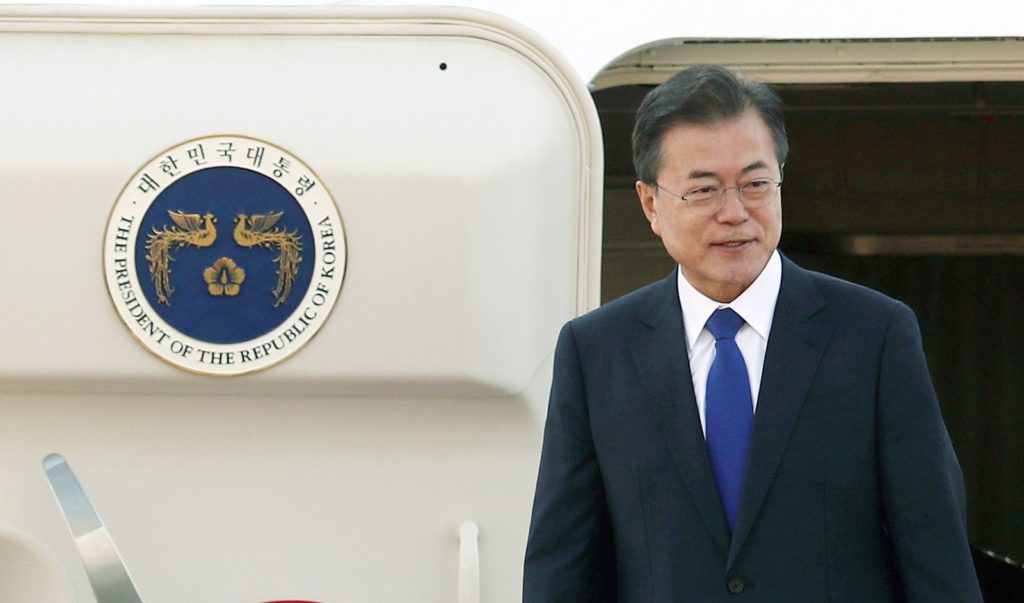The Peninsula
Koreans Vote for Continuity with the Ruling Party

This briefing comes from Korea View, a weekly newsletter published by the Korea Economic Institute. Korea View aims to cover developments that reveal trends on the Korean Peninsula but receive little attention in the United States. If you would like to sign up, please find the online form here.
What Happened
- On April 15, South Korea held its 20th National Assembly election.
- The ruling Democratic Party (DP) and its satellite party won 180 out of 300 seats, while the main opposition United Future Party (UFP) and its satellite party won 103 seats.
- Lee Nak-yeon, former prime minister and a strong presidential candidate, won by a 20% margin against UFP leader Hwang Kyo-ahn who was also considered a potential presidential candidate before the election.
Implications: Power shifts between the two major parties over the past several election cycles suggest that Korean voters are more comfortable voting for the party in power. The recent trend diverges from the established assumption that voters tend to vote for the opposition party to check the ruling party. Since 2004, South Korea has seen more cases of the president’s party winning the legislative election or the candidate from the party with a parliamentary majority winning the presidential election. This year’s general election followed this trend, further encouraging the public to see it as a preview of the 2022 presidential election. With the DP’s three-fifths majority in the National Assembly, media outlets are openly speculating that former Prime Minister Lee’s odds in the presidential election have significantly increased.
Context: Since 2004, South Korea mostly had the same party in power in both the executive and legislative branches. In the 2012 legislative election, the conservative party won and then swept the presidential election later that year. The liberal party won the 2016 general election and liberal candidate Moon Jae-in won the 2017 presidential election after President Park Geun-hye’s impeachment. Going further back, incumbent president Lee Myung-bak’s conservative party won the 2008 legislative election by a wide margin – and in the 2004 legislative election, President Roh Moo-hyun’s liberal party secured a majority in the National Assembly.
Korea View was edited by Yong Kwon with the help of Gordon Henning, Soojin Hwang, Hyungim Jang, and Ingyeong Park.
Photo from the Republic of Korea’s photostream on flickr Creative Commons.
